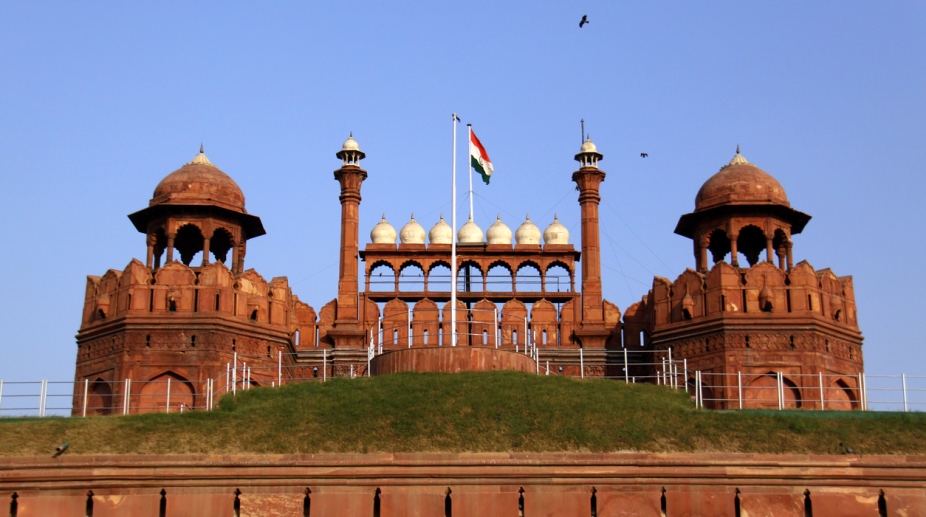Red Fort to unveil history and cultural spectacle on Parakram Diwas
Prime Minister Narendra Modi will inaugurate the event on the evening of 23 January and the celebration will be continued till 31 January.

(Photo: iStock)
Close to four centuries after its foundation by Shah Jahan the Mughal ( (12 May 1639), the maintenance of the Red Fort has caused a flutter in the roost. The shadow-boxing between the liberal historians and the saffronite lobby was almost inevitable considering that the ruling political dispensation has sub-contracted the crucial task of maintenance.
In the event, it has accorded short shrift to historians and archaeologists. The Red Fort deserved better, and this is quite the most charitable construct that can be placed upon the decision of the Union ministry of Tourism and Culture to assign the work to an innocuous cement and sugar manufacturer called Dalmia Bharat Ltd.
The Centre’s initiative would have seemed ridiculous were it not for its profound implications. It needs hardly to be mentioned that the firm has little or no expertise in the disciplines of history and archaeology. There is nothing in the government’s plan of action to suggest that the academic circuit has been consulted, let alone taken into confidence.
Advertisement
Surprisingly enough, the Archaeological Survey of India (ASI) ~ whose record in protecting medieval monuments has been below par ~ has readily acceded to the quirky decision of the government, recalling attempts to detoxify the reconstruction of Indian history.
Essentially, therefore, this is tantamount to warming up an old recipe. Small wonder that the Indian History Congress and the Safdar Hashmi Memorial Trust (Sahmat) are up in arms against what they call the “adoption of the Red Fort by a private company, which is trifling with the structure”.
The indictment is severe, and it is fervently to be hoped that the Centre will take a call on the issue. The ignorance of history is breathtaking not the least because the cement company has no experience in the maintenance, conservation, preservation and interpretation of monuments that had come up in medieval/Mughal India.
It could be said in its defence, however, that it is scarcely expected to boast such knowledge. More the reason, therefore, why the work ought not to have been entrusted to the firm. Hence the vehement opposition of the Indian History Congress to the “involvement of a private firm”.
The IHC has binned the project as “still more troubling”. Its misgivings are that history may get distorted ~ “There is ample room for the fear that in order to attract tourist traffic, the company (in league with the government) may propagate unproven interpretations of particular structures in the complex.
Once such claims are set afloat, especially when they are of a sectarian nature, it is extremely difficult to get rid of them”. It is hard not to wonder whether the Red Fort project is aimed at implementing the Hindutva agenda, as the Safdar Hashmi Memorial Trust claims. A sectarian spin on historiography was bad enough; the monuments should be left alone… in splendid isolation.
Advertisement